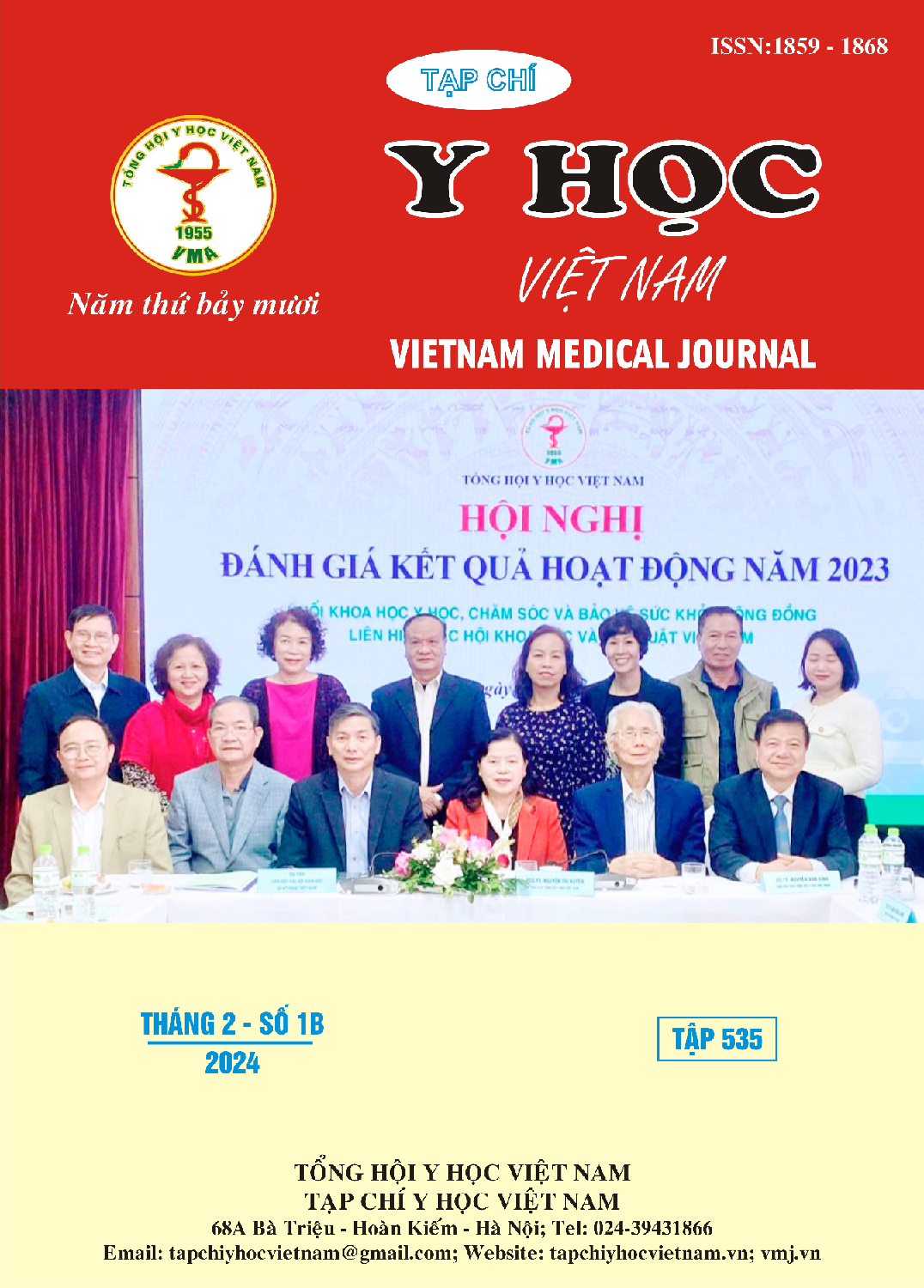RESEARCH ON BOTANY AND GENETICS OF 3 SPECIES AVICENNIA SP. COLLECTED IN CA MAU PROVINCE, VIETNAM
Main Article Content
Abstract
Objective: Distinguish the botanical and genetic characteristics of 3 species of Avicennia sp. collected in Ca Mau province, Vietnam. Subjects and methods: Samples of Avicennia sp. plants collected in Ca Mau province in June 2023. Samples of roots, stems, leaves, flowers and fruits were studied for morphological characteristics. Fresh leaf samples were washed, microscopically analyzed and DNA extracted for genetic diversity research and gene sequencing. Results: The similarity level of samples collected in Ca Mau when compared with NCBI data is similar to 3 species of Avicennia sp.: Avicennia officinalis is 99.3% similar; Avicennia marina is 99.5% similar; Avicennia alba is 99.5% similar. The results of gene sequencing serve as a basis to distinguish the botanical characteristics of 3 different species of Avicennia collected in Ca Mau. From the morphological characteristics, it can be seen that leaves are used parts with many differences in shape, so they were selected for microsurgical analysis. The distinguishing feature of the three Avicennia species was the arrangement of phloem and wood. Conclusion: Genetic results serve as a basis for distinguishing and comparing morphological and microsurgical characteristics of parts of the 3 species of Avicennia which people have more information to conserve and harvest these plants.
Article Details
Keywords
Chi Mắm, Mắm đen, Mắm trắng, Mắm ổi
References
2. Chen, S., et al.. Validation of the ITS2 region as a novel DNA barcode for identifying medicinal plant species. 2010. PLoS One. 5(1): e8613
3. Doyle, J.J., Doyle, J.L. Isolation of plant DNA from fresh tissue”. 1990. Focus, 12: 13-15.
4. Das, S.K.; Samantaray, D.; Sahoo, S.K.; Patra, J.K.; Samanta, L.; Thatoi, H. Bioactivity guided isolation and structural characterization of the antidiabetic and antioxidant compound from bark extract of Avicennia officinalis L. 2019. South African Journal of Botany, 125, 109 – 115
5. Hall, T.A. BioEdit: a user-friendly biological sequence alignment editor and analysis program for 95/98/NT”. 1999. Nucl. Acids. Symp. Ser. 41: 95-98.
6. Sanger, S., Nicklen, S., and Coulson, A.R. DNA sequencing with chain-terminating inhibitors”. 1977. Proc Natl Acad Sci U S A, 74 (12): 5463–5467.
7. Saddhe, A., Jamdade, R.A. and Kumar, K. Phylogenetic assessment of mangroves in Goa, west coast India using DNA barcode markers. 2016. SpringerPlus 5, 1554
8. Shigeyuki Baba, Hung Tuck Chan, Nozomi Oshiro, Gordon S. Maxwell, Tomomi Inoue. Botany, uses, chemistry and bioactivities of mangrove plants IV: Avicennia marina. 2016. ISME/GLOMIS Electronic Journal, Volume 14, No. 2, 1880 - 7682.
9. Ravindran, K., Venkatesan, K., Balakrishnan, V. Ethnomedicinal studies of pichavaram mangroves of east coast. 2005. Indian Journal of Traditional Knowledge, 4, pp. 409-411.
10. Wang, Z., Shi, S. & Guo, Z. Complete Chloroplast Genome Sequence of Mangrove Species Avicennia officinalis. 2011. Sci Rep 11, 3586.


